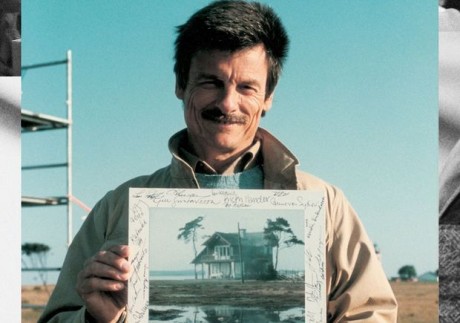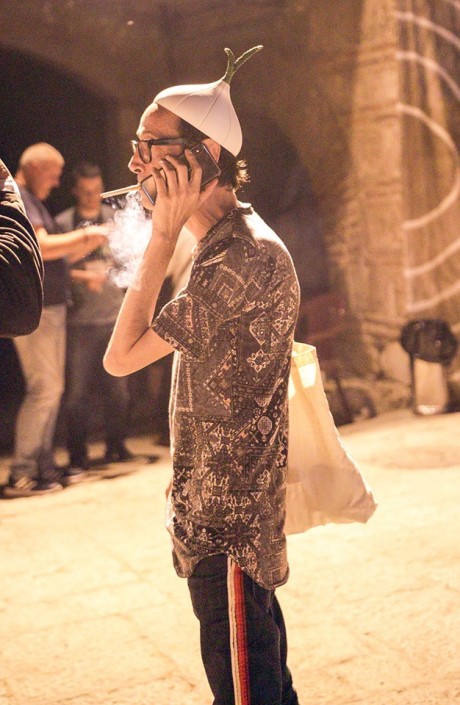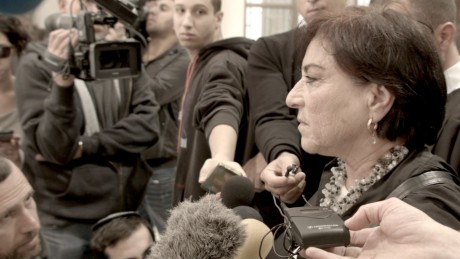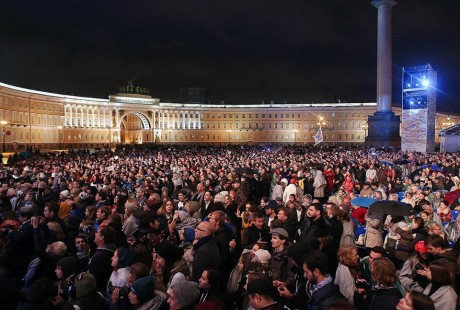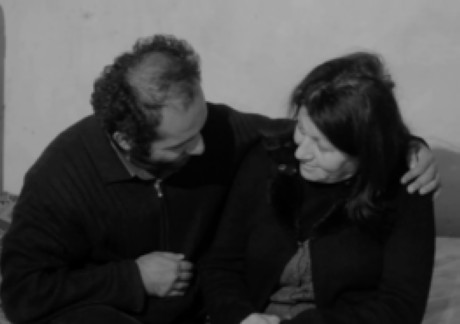


Baltic Sea Docs 2019
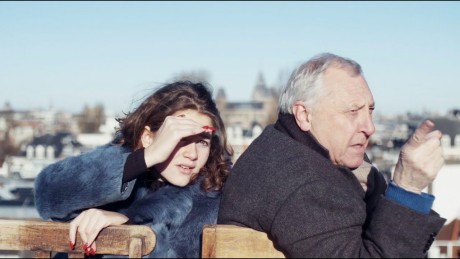
Two days into the workshop and mini-festival in Riga – the 23rd edition of a forum that starts with preparation of 24 documentary projects for pitching Friday and Saturday with a parallel screening of films. September 1st the BSD opened in the cinema K-Suns with the film « The Greenaway Alphabet”, directed by his partner, artist Saskia Boddeke, and with his teenage daughter as the one who asks the 75 year old father questions, that, as the film goes forward, more and more deals with death. Greenaway is, as film critic and professor Viktors Freibergs said before the film, surprisingly frank and less self-centered than in his latest films, obviously because of the daughter, who knows how to « tackle » him…
The film is joyful and playful, and makes you want to re-watch some of his works, like « Drowning by Numbers », « Draughtman’s Contract » or « Pillow Book » or (the best of his films ?) « The Cook, the Thief, his Wife and Her Lover ». Clips from these films are in this Alphabet-work, as is his wonderful sentence “Cinema is far too important to be left to storytellers”. Yes!
The film program is excellent, tonight “Gods of Molenbeek” by Reeta Huhtanen is on, followed by “A Woman Captured” by Bernadett Tuza-Ritter, who will be there to talk to the audience.
It would be wrong of me to – at this point before the pitching – highlight some of the projects that will be pitched Friday and Saturday to a panel of 19 decision-makers – broadcasters, sales agents, distributors, film funds.
Instead I can stress how strong the MEDIA afternoon program was with Danish Ove Rishøj Jensen and Aleksandar Govedarica from the Canadian sales and production company Syndicado.
Ove Rishøj Jensen, a former colleague from EDN, is now working free-lance as an all-round consultant in the documentary world, being also a producer at the Swedish company Auto Images. Here in Riga he talked about outreach campaigns – “enlarging audiences for your documentaries”, was the headline. Jensen has started his own company Paradiddle Pictures, (http://www.paradiddlepictures.com/
where he offers » Documentary Training, Guidance, Content and Partnership”. He had two examples of outreach campaigns for the audience, the American “The Invisible War » with a production budget: 450.000$ and a campaign budget: 450.000$!!! And the one he took part in, through Auto Images, a campaign for the beautiful « Every Face Has a Name » that followed « Harbour of Hope” in 2015. The production budget was 320.000€ and the campaign was covered via in house working hours!
A third film is being made on the basis of the amazing footage of holocaust survivors coming to Malmø Sweden in 1945. My colleague Allan Berg has written about „Every Face Has a Name” (in Danish): http://www.filmkommentaren.dk/blog/blogpost/3084/.
And it was a pleasure to listen to the conversation between Aleksandar Govedarica and Latvian producer Gints Grube, who had not forgotten his background as a talk show interviewer at Latvian television. It was entertaining and informational to hear about how a sales agent works, how he selects films, what festivals are the best etc. Govedarica you meet everywhere, he is a film lover doing a good job as I see it.
